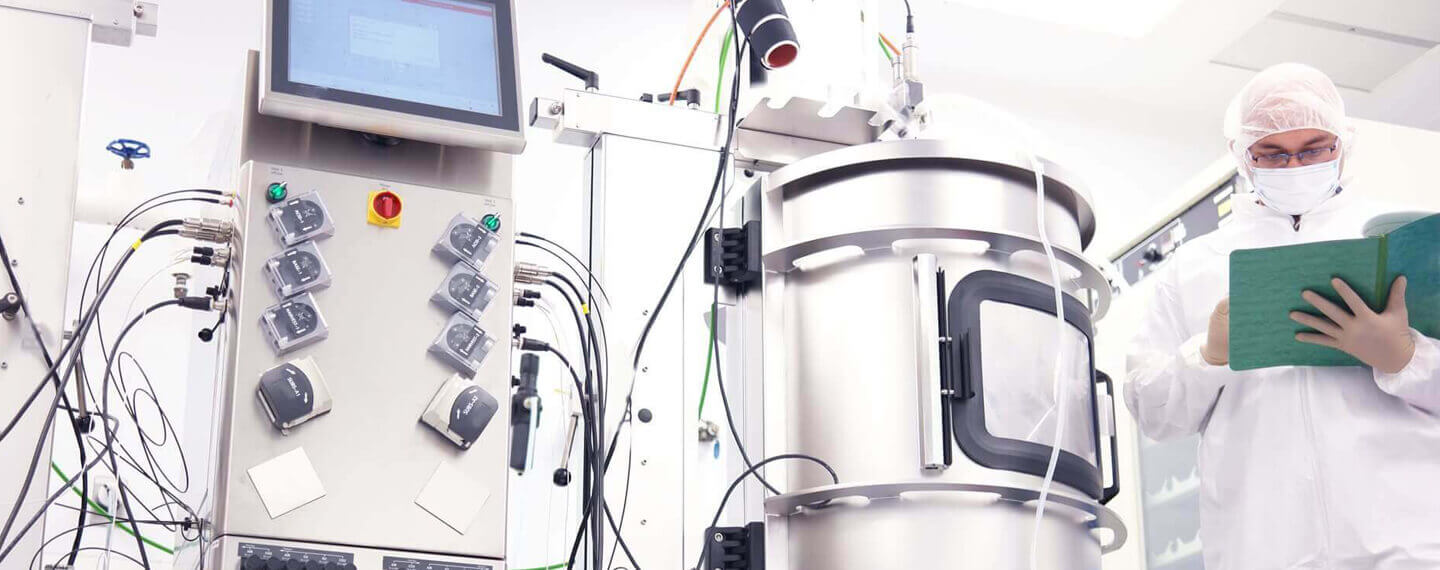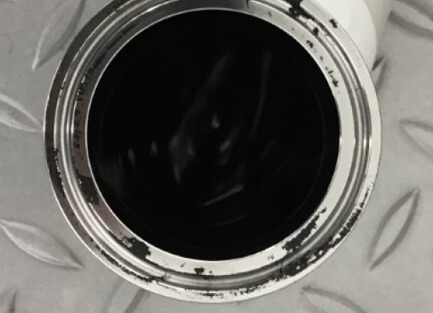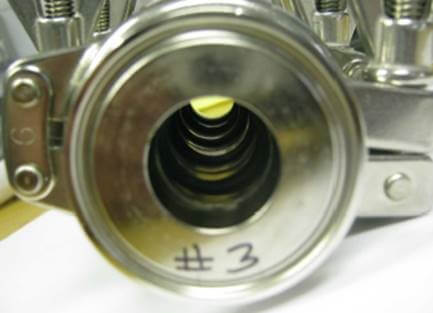You are currently viewing the James Walker Global website.
You are currently viewing the James Walker Global website.

Biopharmaceutical processes are subject to a wide variety of demands, including regulation, capacity, manufacturing costs and innovation.
February 10, 2022Ensuring that production line efficiency is optimised is one key area of concern and yet perhaps contains what could be a relatively overlooked but critical component of the sealing system.
The high purity requirements of biopharmaceutical processes have an equally high dependence on the sealing components used. At a basic level, sealing materials are preventing unwanted external contamination from entering a process line, whilst keeping the fermenting product safely contained. It is reasonable to expect that there are at least a thousand different seals on one process line, which ultimately is a thousand locations where there is a risk of contamination, loss of material into the process, build-up of debris and over time, a loss of containment.
Regulatory requirements for sealing products in biopharma applications are high, simply because most of the drug products manufactured are injected directly into the bloodstream. In addition to this, any seal material must function well as a seal, and be resistant to the media and the rigorous cleaning regimes employed.
Losing a batch of product is extremely costly for a manufacturer. The following are some top considerations to ensure the seal materials and products selected are right for a process and reduce the likelihood of contamination or seal failure:
As live media are used to manufacture drugs, the seal material must be biocompatible and comply to the appropriate standards. In this case, USP <87> and USP <88> (USP Class VI), along with FDA compliance to FDA CFR 21 177.2600. Furthermore, the material must be free from any animal derived ingredients (ADIF), to ensure no BSE residue enters the manufacturing process. Material purity is also of paramount importance, to minimise leachables entering the process flow.
The seal material must be chemically resistant to the process media as well as that employed during the cleaning process, and be robust enough to ensure no material shedding occurs into the process flow.
The key mechanical property for an elastomeric seal is compression set. A high compression set value indicates that the elastomer is prone to deformation, giving a reduced sealing force. This can result in the need to re-torque the joint to prevent leakage, which may cause intrusion of the seal into the pipe bore. Such issues are exaggerated at high temperatures like those encountered in steam (SIP) cleaning cycles.
A low compression set material on the other hand, maintains a high sealing force, eliminating the need to re-torque and potential leakage, and does not intrude into the pipe bore.
For hygienic clamp seals in particular it is critical that the seal does not protrude into the pipe bore, as this reduces flow, acting as a potential contamination trap and risking the possibility of material particles breaking off into the process stream. The seal must be dimensionally stable and exhibit no movement under load, eliminating the need to re-torque the sealing joint.
The seal must not adhere to the housing and must allow for simple replacement, with no residue remaining on the metal work.

Above: Sticking of hygienic clamp seals to housing.

Above: Intrusion of hygienic clamp seals into the pipe bore.
To overcome these sealing challenges effectively, it is important to partner with technical experts that can offer support regardless of the application requirements and provide confidence and reassurance that the seals will perform as intended.
Not only do the experts at James Walker have an in-depth understanding of how to design and specify for the conditions presented in the biopharma production process, they have unrivalled experience in the process and manufacture of sealing materials that deliver consistent results.

Want to discuss your project, engineering or materials challenge expert to expert? Simply provide us with your contact details and a little information about the application you are working on, and one of our experts will contact you as soon as possible.